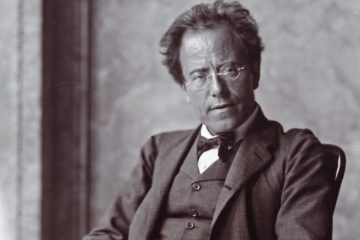Blogs
Gustav Mahler ‘Symphony No. 9 in D Major’: The Fourth Movement
Gustav Mahler: Symphony No.9 Movement IV Referring back to Bernstein’s theory that every movement represents a farewell to an aspect of life (read more in the previous blog), this movement is a farewell to life itself. The form of the finale can be read in two different ways, either as a Read more…
